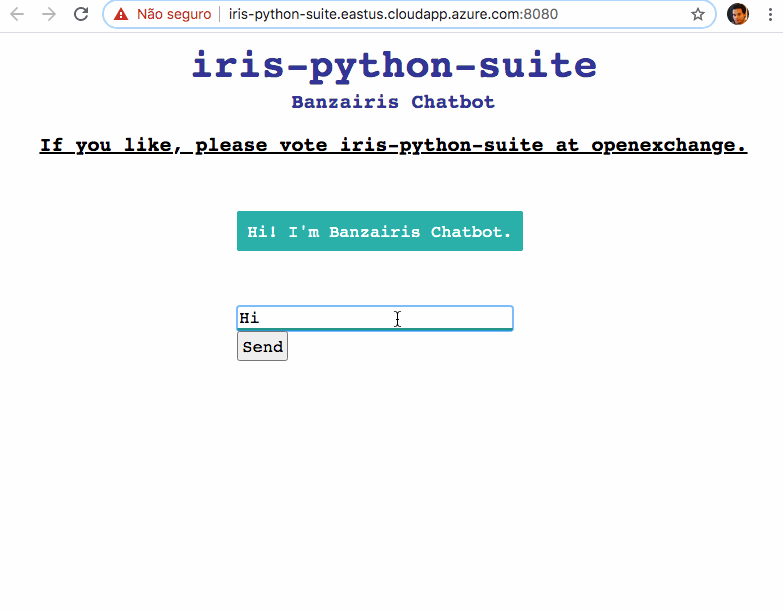
Creating a Chatbot with IRIS and Python
In this article I'm going to show how to integrate the InterSystems IRIS Database with Python to serve a Machine
Learning Model of Natural Language Processing (NLP).
Artificial Intelligence (AI) is the simulation of human intelligence processes by machines, especially computer systems. These processes include learning (the acquisition of information and rules for using the information), reasoning (using rules to reach approximate or definite conclusions) and self-correction.